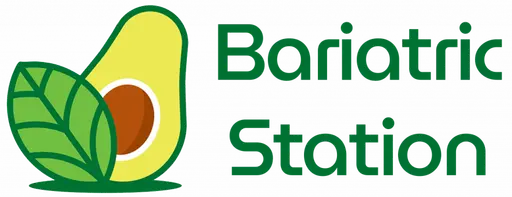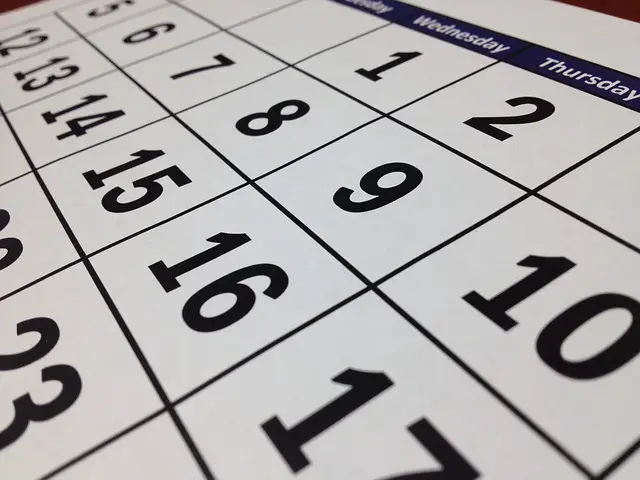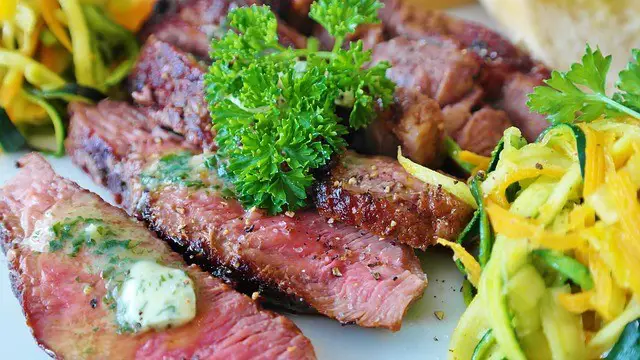The ketogenic diet is among the healthy low-carb diets that have gained popularity over the years. People trying to lose weight, regulate their blood sugar levels and attain mental clarity all vouch for the keto diet.
Now you want to join the team! But before all the wonderful health benefits are attained, you’re curious about the beginning of your journey. What is the experience like before the glitz and glamor? Worry not! I’m here for you.
This article will allow you to journey into a week of the low-carb lifestyle. What do you want to know about keto 1 week results? Do you need a guide on your diet? This is it! You will learn the benefits, risks, and results of being on the keto diet for a week. I will also answer some of the questions lingering on your mind about the keto diet. What are we waiting for? Shall we?
Keto 1 week Results
The ketogenic diet is what you need to help you reach your weight loss goal. But before we jump to what you’ll experience throughout the week, let’s have a little reminder on the basics of keto.
Keto 101: The Basics
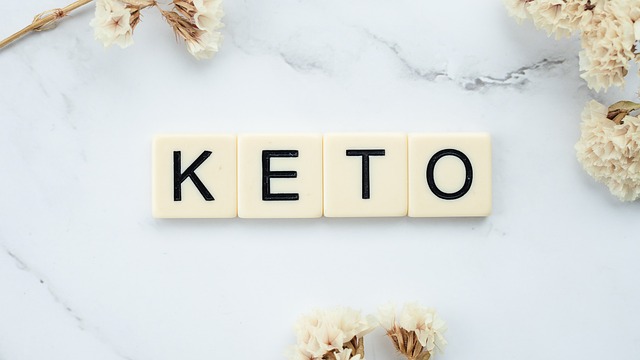
The keto diet is a type of diet that restricts carb consumption to attain a fat-burning state. Primarily, the body uses carbs for energy. The goal of this diet, however, is to lower your carbohydrate intake to lower glucose and insulin levels and deplete your glycogen stores, so that your body can use fat for fuel. The process by which your body uses fat for energy is referred to as ketosis.
Ketosis leads to an increase in ketone levels, which are the brain’s preferred source of energy. It is important to monitor your carb-protein-fat intake on this diet because it determines how long it’ll take to reach the fat-burning phase. On keto, your carb intake is limited to 20-50 grams per day.
Besides your macronutrient ratios, you need to know how many calories to consume for weight loss. You need to eat less than what your body needs to maintain your current body weight. This is what we call a calorie deficit. Once you have attained a caloric deficit then reaching your goal weight will be easier.
An important note to mention on keto is carb counting. On other diets, people focus on calorie tracking for a caloric deficit, but here we check on how many carbs are consumed to stay within the recommended carb allowance. It’s all about total carbs vs net carbs.
Carb Counting: Total vs Net Carbs
When starting this diet tracking your carbohydrate intake is necessary. Knowing how to calculate the grams of carbs consumed is a skill you must possess. Total carbs in food refer to all the carbs you can get in the food from starches, sugars, fiber, and sugar alcohols. On the other hand, net carbs refer to the digestible and absorbable carbs in your food from starches, sugars, and some sugar alcohols.
To get net carbs, you will subtract non-digestible carbs, fiber from your total carb count. Dietary fiber is an indigestible carb in your diet that bulks waste and slows down digestion ensuring healthy gut functioning.
Besides monitoring carb intake, some things can help your body switch to fat as an energy source. Here are a few tips on a low-carb diet that will help you trigger ketosis.
How to Trigger Ketosis
They include:
- Limiting carb consumption to 20-50 grams of carbs per day. This is about 5-10% of your total caloric intake.
- Moderating your protein intake. A high intake of protein will inhibit ketosis. This is because of gluconeogenesis, a process by which your body breaks down non-carbohydrate substrates to make glucose. It is recommended to keep your protein intake to 20-25% of your total calorie intake.
- Increase fat intake. About 60-80% of your total calories should come from fats on keto. As long as you’re consuming healthy fats there is nothing to worry about. Keto is a high-fat diet.
- Intermittent fasting and starvation: The science of fasting shows that your body can enter a ‘fat-burning mode’ when deprived of its primary fuel source. There’s a little fat breakdown on the keto diet plan on its own. However, if combined with intermittent fasting there’s a faster rate of weight loss because your body stays in ketosis for longer.
- Increasing your activity levels. A high physical activity level means a higher energy expenditure. Exercise uses up glucose and depletes your glycogen stores to fuel your work out which lowers your blood sugar and insulin levels. It also fastens your metabolism which can trigger ketosis.
- Exogenous ketone supplementation: In ketosis, your body produces ketones from fat. This is what increases the levels of ketone bodies in your blood. If you do not see any signs of nutritional ketosis, then exogenous ketone supplementation can help you get there.
I did mention looking for signs and symptoms of ketosis before you go for ketone supplements. How will you know your body is in ketosis?
Which foods can you consume on the keto diet to achieve your desired results?
What Should You Eat on Keto?
You are allowed to have:
- Non-starchy vegetables like spinach, kale, and bell peppers
- Healthy fats and oils like olive oil and coconut oil
- Nuts and seeds
- Low-carb fruits including berries and avocado
- High-quality animal-based proteins like beef, poultry, fatty fish, and eggs
- High-fat dairy products like plain yogurt and cheeses
- Dark chocolate (70-80% cacao)
- Unsweetened teas and coffee
- Low-calorie sweeteners like Stevia sweetener and Erythritol
These should help keep your blood sugars low and increase your chances of triggering ketosis.
Keto Weight Loss Results
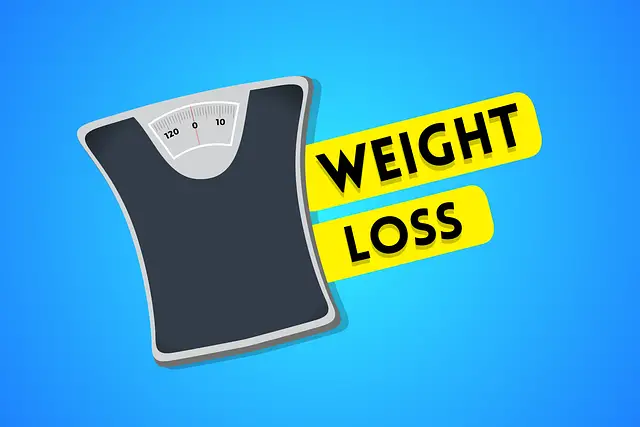
One of the things people love about keto 1 week results is you can drop a few pounds in the beginning. The amount of weight lost is highly dependent on your starting weight. The more overweight or obese you are the more weight you will lose.
In the first week of keto, you can lose 0.9-4.5 kgs (2-10 pounds). Most of this weight you are losing is water weight. This is because as your glycogen stores are being depleted, you’re losing water. One gram of glycogen is connected to 3 grams of water, so the more glycogen you lose, the more water you let go of. You can lose 0.45-0.9 kgs (1-2 pounds) per day.
So, at the start of your weight loss journey, do not get overly excited and quit keto too early. This is not fat loss. If you go back to a high-carb diet too soon, you will experience weight gain. This is attributed to the replenishment of your glycogen stores which comes with water weight.
Keto Before and After
I’ve taken you through how much weight you can lose on the first week of keto and what causes such rapid weight loss. But this is not the only thing that changes in your body when in ketosis. Here are signs your body will experience over the first 7 days of keto:
Fatigue and Weakness
Fatigue and weakness usually kick in on day 2 of keto. This decrease in energy levels is one of the signs of the keto flu. Fatigue is attributed to carb starvation and your body getting used to the switch in energy source. In addition, it could also be due to electrolyte imbalances, especially sodium, on keto. This symptom goes away after the first one or two weeks when you are fully fat-adapted.
Increased Thirst
Remember on keto as you are depleting your glycogen stores, you are losing water. In addition, a drastic reduction in carb intake lowers insulin levels which causes your kidneys to release sodium. This release of electrolytes in turn causes the release of water leading to dehydration. This comes with a dry mouth as well.
Bad Breath
You will notice that your breath smells different when you start keto. This is normal and is due to the increase in ketone levels in your blood. It could smell fruity, metallic, or like nail polish. This is nothing good dental hygiene can’t fix!
Muscle cramps
This is caused by too little electrolytes in the body. Excretion of water and electrolytes by the kidney leads to imbalances which make your nerve cells extremely sensitive.
Increased Urination
The bathroom trips could double over the next few days. This is because of the loss of sodium during ketosis which causes the excretion of water. It can also be attributed to the depletion of glycogen stores which causes loss of water.
Increased Hunger and Cravings
You are trying to correct decades of high-carb eating, so a week won’t cut it. Your body is programmed to be a sugar-burner for energy, so depriving it of its primary energy source can be brutal at the beginning.
Since you’re not fat-adapted yet, hunger comes with the keto flu territory. Your metabolism hasn’t switched to efficiently using available nutrients for fuel, so according to your body, you are energy deprived. In what way do you get energy? By eating!
The carb cravings and insatiable hunger are temporary and only last a week or two. Once your body gets used to ketosis, it will have enough energy and will stop demanding more.
Keto Flu

I keep mentioning the keto flu on the first week or two of keto. Those sickness-like symptoms you see on your first week of keto are what I’m calling the keto flu. If you notice any of these, they are normal and they too shall come to pass. Symptoms of the keto flu include:
- Fatigue
- Lethargy
- Headaches
- Insomnia
- Nausea and vomiting
- Abdominal pain
- Brain fog
The first week of keto is not a walk in the park. But there are tips you can follow to ensure the success of your journey.
Tips for A Successful Week on Keto
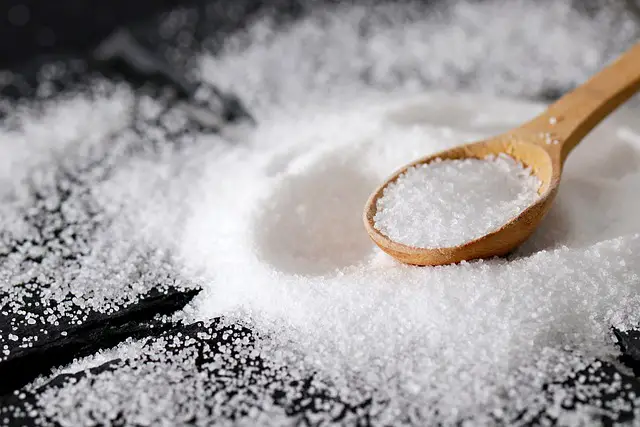
The keto 1 week results do not define the potential benefits of going keto. You could even give up considering how low you feel. Here are a few things you can do to make your keto launch a bit friendlier:
- Be patient. Your body needs time to get fat-adapted so give it what it needs.
- Keep eating clean. Stick to low-carb keto foods so you can stay in ketosis.
- Stay hydrated.
- Consider electrolyte supplementation.
- Add enough sea salt to your food.
- Get support. Ensure your family knows you’re switching lifestyles. It makes family gatherings way easier for you. Speak to other keto dieters who are ahead in the journey. It’ll allow you to focus on the long-term benefits of the diet.
- Go easy on yourself. You shouldn’t work out if you’re feeling weak or tired. Give your body time to find the energy it needs for this.
Keto and Intermittent Fasting Results 1 Month
This is referred to as speed keto, fast keto, or fat fasting which is a combination of the keto diet and intermittent fasting. Ketosis targets fat burning, but when you add intermittent fasting you are focusing on autophagy.
Autophagy is your body’s room service. Here, you break down old, worn-out, and damaged cells and use their components to make new, healthy ones.
You can lose 10 pounds (4.54 kgs) in the first weeks of fast keto. After you are fat-adapted, you will lose 1-2 pounds (0.4-0.9 kgs) per week.
How Long After Starting Keto Do You See Results?
You can start experiencing weight loss as early as 2-4 days into your keto diet. This is mostly loss of water weight rather than fat loss. The amount of weight lost varies with the individual. You will start experiencing rapid weight loss in the first few weeks, then the rate slows down afterward.
What Day of Keto is the Hardest?
The first 10 days of keto are the hardest on your body. Which day specifically depends on how much carbs you consumed on your last meal before you started keto. The higher the amount of carbs the longer it takes to reach ketosis. In the first 10 days, you will experience the keto flu, where your body is trying to get fat adapted.
Don’t give up since it is only temporary.
Where Does Keto Burn Fat First?
People tend to believe that immediately you enter ketosis you start burning body fat. In ketosis, you will start by burning dietary fat first. This is why the keto diet encourages high fat intake to keep you in ketosis. You will burn body fat after dietary fat.
Bottom Line
There you go, your guide for your first week on keto! After the keto 1 week results you will experience the full potential of this diet and you’ll love it. But first, let’s get through week one!
Do you have any questions about navigating your first week of keto? Keto pros, drop any tips for the newbies that worked for you on your first week. Stay keto!
